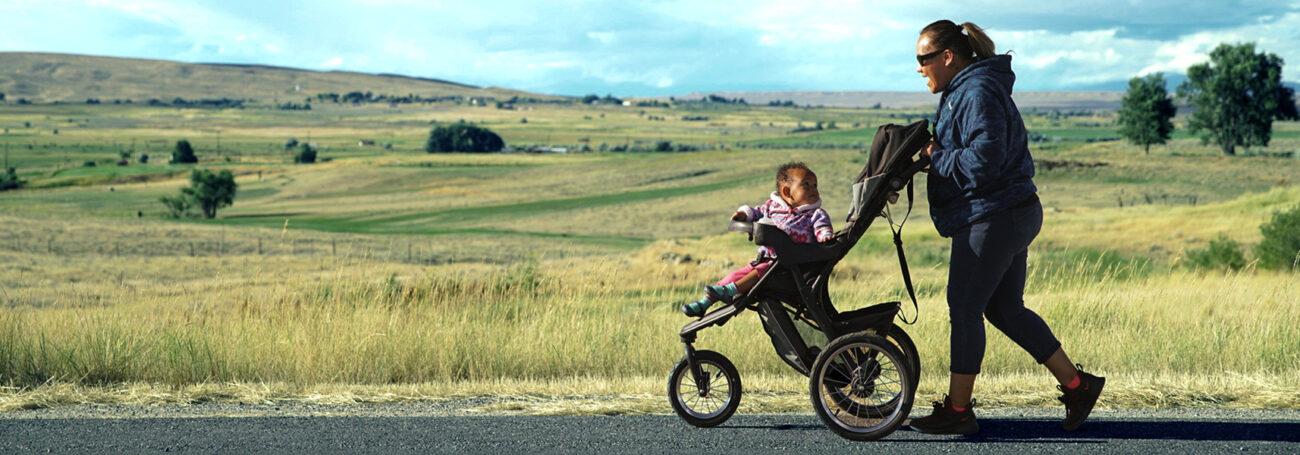South Carolina
Models implemented in South Carolina included Attachment and Biobehavioral Catch-Up, Early Head Start Home-Based Option, Family Connects, Family Spirit, Healthy Families America, Home Instruction for Parents of Preschool Youngsters, Maternal Infant Health Outreach Worker Program, Nurse-Family Partnership, and Parents as Teachers. Statewide, 70 local agencies operated at least one of these models.
Race
<1% American Indian Alaska Native
1% Asian
47% Black
<1% Native Hawaiian Pacific Islander
40% White
5% Multiple
5% Another race
Ethnicity
19% Hispanic or Latino
Caregiver Education
17% No high school diploma
Child Age
50% <1 year
30% 1-2 years
19% 3-5 years
Child Insurance Status
78% Public
20% Private
2% None
Primary Language
86% English
13% Spanish
1% Another language
Potential Beneficiaries
In South Carolina, there were 265,400 pregnant women and families with children under 6 years old not yet in kindergarten who could benefit from home visiting. These families included 325,800 children.
325,800 children could benefit from home visiting
Of the 325,800 children who could benefit —
265,400 families could benefit from home visiting
Many home visiting services are geared toward particular subpopulations. The NHVRC estimated the percentage of families who could benefit in South Carolina who met the following priority criteria:
- Child <1 19%
- Single mother 29%
- Parent with no high school diploma 5%
- Pregnant woman or mother <21 3%
- Low income 18%
Of the 265,400 families who could benefit —
49% of families met one or more priority criteria
18% of families met two or more priority criteria
